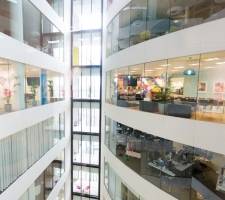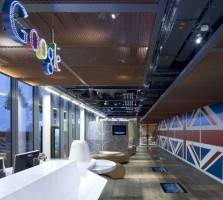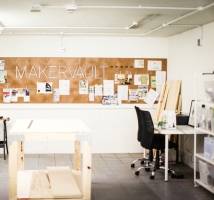January 5, 2015
Smartphone use is rewiring our brains, claims new research
 We may be finding out a lot more about the way smartphones shape our behaviour, but a new study from Swiss researchers at the University of Zürich and Fribourg claims that any changes may go a little deeper than the obsessive need to peer at them. It suggests that while repeated and regular use of smartphones improves how quickly and dextrously we use screens and keystrokes, the cortex of our brains is also adapting to cope with the new demands we place on it. Touchscreen usage appears to actually change the way our fingers, thumbs and brains work, according to the report published in the journal Current Biology. The study appears to show that the increased use of touchscreens in the recent past has resulted in an instinctive increase in brain activity when our fingertips are touched.
We may be finding out a lot more about the way smartphones shape our behaviour, but a new study from Swiss researchers at the University of Zürich and Fribourg claims that any changes may go a little deeper than the obsessive need to peer at them. It suggests that while repeated and regular use of smartphones improves how quickly and dextrously we use screens and keystrokes, the cortex of our brains is also adapting to cope with the new demands we place on it. Touchscreen usage appears to actually change the way our fingers, thumbs and brains work, according to the report published in the journal Current Biology. The study appears to show that the increased use of touchscreens in the recent past has resulted in an instinctive increase in brain activity when our fingertips are touched.




 The UK labour market will continue to expand at a strong rate in 2015 but there are unresolved issues relating to levels of pay and how best to increase workplace productivity to drive further growth, according to Mark Beatson, chief economist for the Chartered Institute of Personnel and Development (CIPD) in
The UK labour market will continue to expand at a strong rate in 2015 but there are unresolved issues relating to levels of pay and how best to increase workplace productivity to drive further growth, according to Mark Beatson, chief economist for the Chartered Institute of Personnel and Development (CIPD) in  A report published at the end of December
A report published at the end of December BBC Wales has exchanged contracts with the developer of its new 150,000 sq. ft headquarters in the centre of Cardiff. Although still subject to final planning consent and the approval of BBC executives, the building is an anchor site in the Foster + Partners masterplanned Central Square regeneration project and work is confidently expected to begin in the middle of 2015 for completion in 2017 with full occupancy expected the following year. The new building will be home to some 1,000 staff and has been targeted to achieve a BREEAM excellent rating. Developers Rightacres expect the Central Square mixed use project to provide around 1 million sq. ft of office, residential and retail space, creating one of Wales’ largest property developments and regeneration schemes in the heart of Cardiff on the site of the current bus station.
BBC Wales has exchanged contracts with the developer of its new 150,000 sq. ft headquarters in the centre of Cardiff. Although still subject to final planning consent and the approval of BBC executives, the building is an anchor site in the Foster + Partners masterplanned Central Square regeneration project and work is confidently expected to begin in the middle of 2015 for completion in 2017 with full occupancy expected the following year. The new building will be home to some 1,000 staff and has been targeted to achieve a BREEAM excellent rating. Developers Rightacres expect the Central Square mixed use project to provide around 1 million sq. ft of office, residential and retail space, creating one of Wales’ largest property developments and regeneration schemes in the heart of Cardiff on the site of the current bus station.
















December 17, 2014
Flexible working is best built on the foundations of a great office
by Charles Marks • Comment, Flexible working, Workplace design
More →